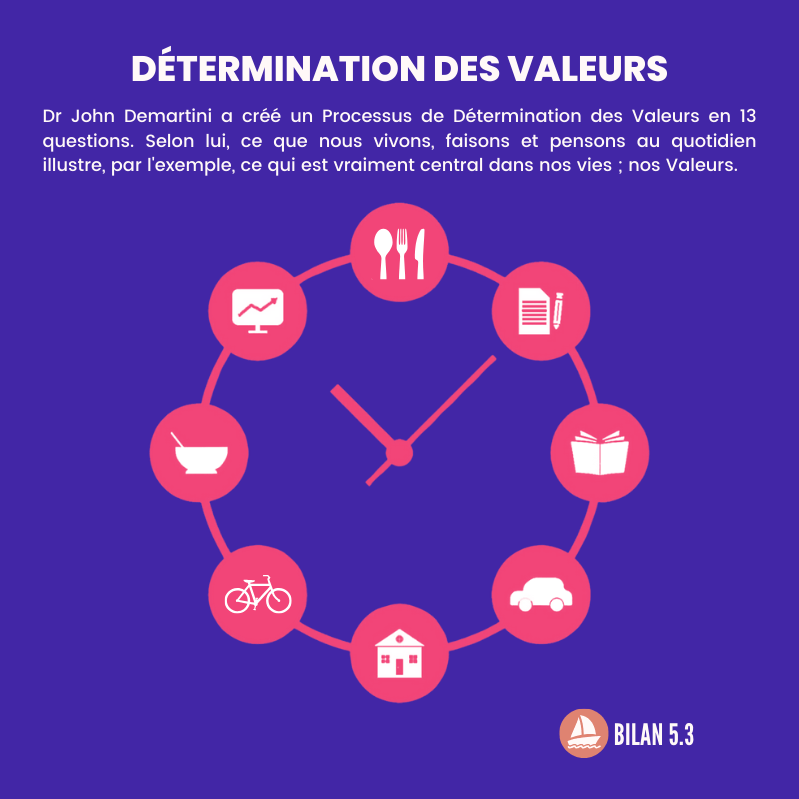
About what is and what is not safe
Severe headache or nasty joint pain. If paracetamol does not help enough, there are heavier pills, such as naproxen or ibuprofen. They are easily available, but not always safe for people over 60, according to GPs and pharmacists.
1. What is the best pain reliever?
Always try paracetamol first, as it is the safest to use. Many people take only one paracetamol tablet and then conclude that it is insufficient. The dose may be too low for them. In that case, start with two tablets at the same time. A healthy adult may use a maximum of 4 grams (= eight 500 mg tablets) of paracetamol per day for a short period of time. If paracetamol does not help enough, you can combine it with a heavier drug, or an NSAID. If an extra pill is just too much, you can split the pills with a special pill cutter.
2. What is an NSAID?
NSAID is a complicated English abbreviation for pain relievers such as ibuprofen (Nurofen, Advil), diclofenac (Voltaren), naproxen (Aleve), and acetylsalicylic acid (Aspirin). NSAIDs work against pain, fever and inflammation. They can be a solution for pain complaints due to, for example, rheumatism, muscle pain or a stuck shoulder. These painkillers are available as a tablet, suppository or cream. An NSAID cream often helps with osteoarthritis in the hands or a sprain, because massaging the pain even further reduces. The disadvantage is that an NSAID is less safe than paracetamol.
3. Why is an NSAID less safe?
GPs and pharmacists warn that NSAIDs are only safe for short-term use (up to two weeks) in people who have no other conditions, are not taking other medicines, and are under 60 years of age. It is therefore necessary for people over 60 to be extra careful, especially with a higher dose of NSAIDs. They often have poorer kidney function and often use medicines such as blood thinners. That increases the risk of side effects. The most common side effects are stomach pain and stomach bleeding. The GP can also prescribe a ‘stomach protector’. This is a medicine that inhibits stomach acid, such as omeprazole or pantoprazole. People over 70 receive a stomach protector as standard with an NSAID to prevent stomach problems.
4. Why are NSAIDs freely available at supermarkets and drugstores?
NSAIDs are not just for sale everywhere. The supermarket or gas station may only sell ibuprofen. This NSAID is relatively safe if you don’t use it too much or for too long. That is why ibuprofen is only available outside a drugstore or pharmacy in the low dose of 200 mg in a box of a maximum of twelve pieces. The drugstore may sell heavier NSAIDs. For example diclofenac of 12.5 mg in a box of a maximum of 24 pieces. The pharmacy goes one step further; there are heavier doses and larger boxes for sale. Think of a box of diclofenac of fifty pieces with 25 mg. Some NSAIDs are prescription-only, such as celecoxib.
5. Why are NSAIDs Bad for the Stomach?
NSAIDs inhibit the production of the protective mucus layer in the stomach and intestines. This can cause ulcers to bleed. Since NSAIDs have a blood-thinning effect, such bleeding is also more serious. Especially in people who already use blood thinners. Dozens of people in the Netherlands die every year from stomach bleeding due to NSAID use. Every year people also end up in hospital with stomach or intestinal complaints due to incorrect use of NSAIDs. In 2007 there were around 1,100; in 2013 this dropped to 800 according to the Follow-up Study on Medication Safety (2017). It is unclear whether this is because NSAIDs were prescribed less or because more people started using gastric protectors. In addition, NSAIDs can cause new intestinal inflammation in Crohn’s disease.
6. What are other side effects to watch out for?
NSAIDs are bad for your kidneys; they will work less well. This side effect can cause all kinds of problems. In patients with severe heart failure, NSAIDs can cause too much fluid to get behind the lungs. You notice this in shortness of breath and fatigue. The reduced kidney function is also the reason that the painkillers are not recommended in case of high blood pressure or cardiovascular disease. NSAID use can cause more shortness of breath in asthma patients. Fortunately, this doesn’t happen that often. Asthmatic patients can try an NSAID, but should be alert to this and stop this type of painkiller if they become more anxious.
7. What drugs do NSAIDs interact with?
This applies to blood pressure lowers, anticoagulants (blood thinners), lithium and antidepressants of the SSRI type, such as fluoxetine (Prozac) or paroxetine (seroxat). This type of antidepressant increases the risk of gastrointestinal perforations with NSAIDs. With ibuprofen, aspirin no longer works as a blood thinner. So do not combine this. Therefore, always tell your doctor or pharmacist that you are taking an NSAID and ask them to include this in your medication list. He can then watch for a possible interaction with other medicines.
8. Does it still matter which NSAID you take?
Not for those who are healthy. A low dose of ibuprofen (200 mg) generally appears to be safest. Anyone who has ever had a heart attack should not take diclofenac. This can cause side effects on the heart or vessels, especially at higher doses. Naproxen has the highest risk of stomach and intestinal problems.
9. What is the alternative to NSAIDs if paracetamol doesn’t work?
If an NSAID has insufficient effect, you can first check whether the dosage is correct or try another type. There are also two types of NSAIDs that are only available with a doctor’s prescription: preferential NSAIDs (such as meloxicam) and so-called coxibs. If all this does not work, paracetamol with weak-acting opioids such as codeine or tramadol is an alternative. And then the strong-acting opioids such as morphine, fentanyl and oxycodone. These products are only available with a doctor’s prescription.
This article originally appeared in Plus Magazine October 2018. Not yet a Plus Magazine subscriber? Becoming a subscriber is done in no time!













